What Is 3 Before Me?
‘3 Before Me’ requires that when students are stuck, they must first try to solve the problem in 3 different ways before asking the teacher.
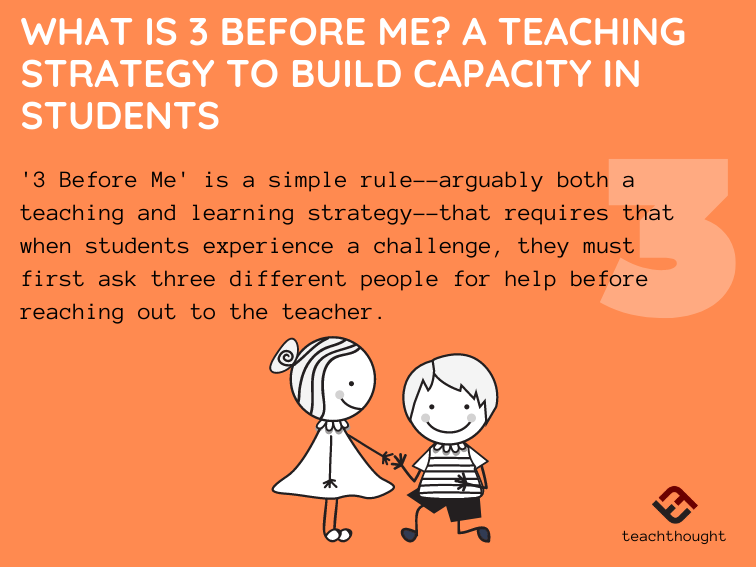
‘3 Before Me’ requires that when students are stuck, they must first try to solve the problem in 3 different ways before asking the teacher.
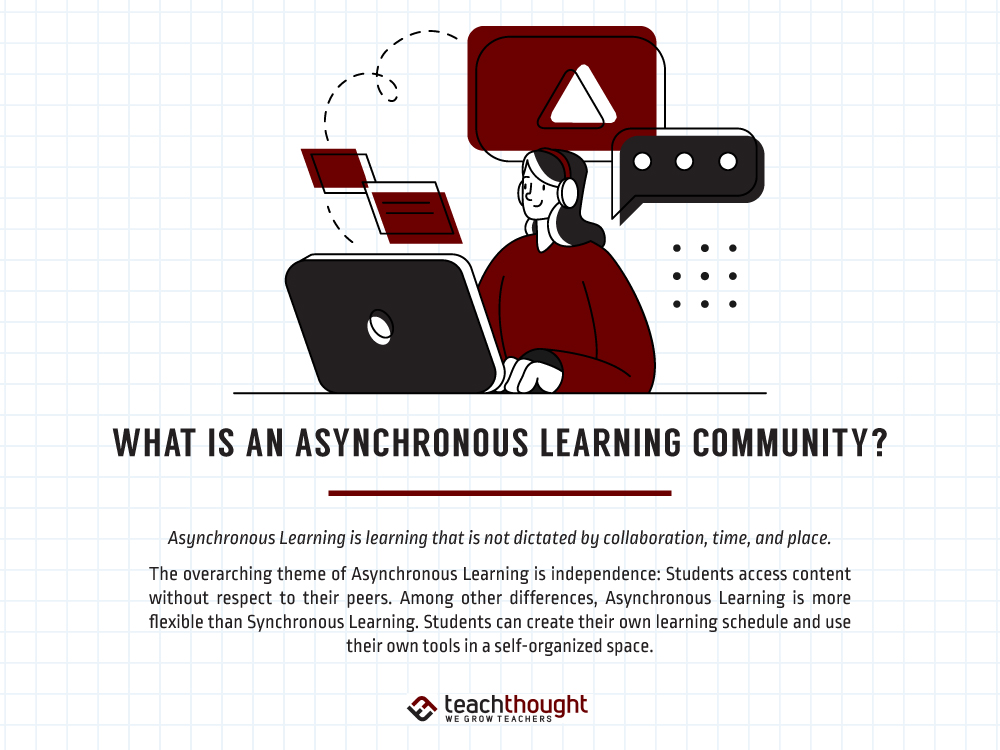
An asynchronous learning community is one where students learn together bound by some component other than time.
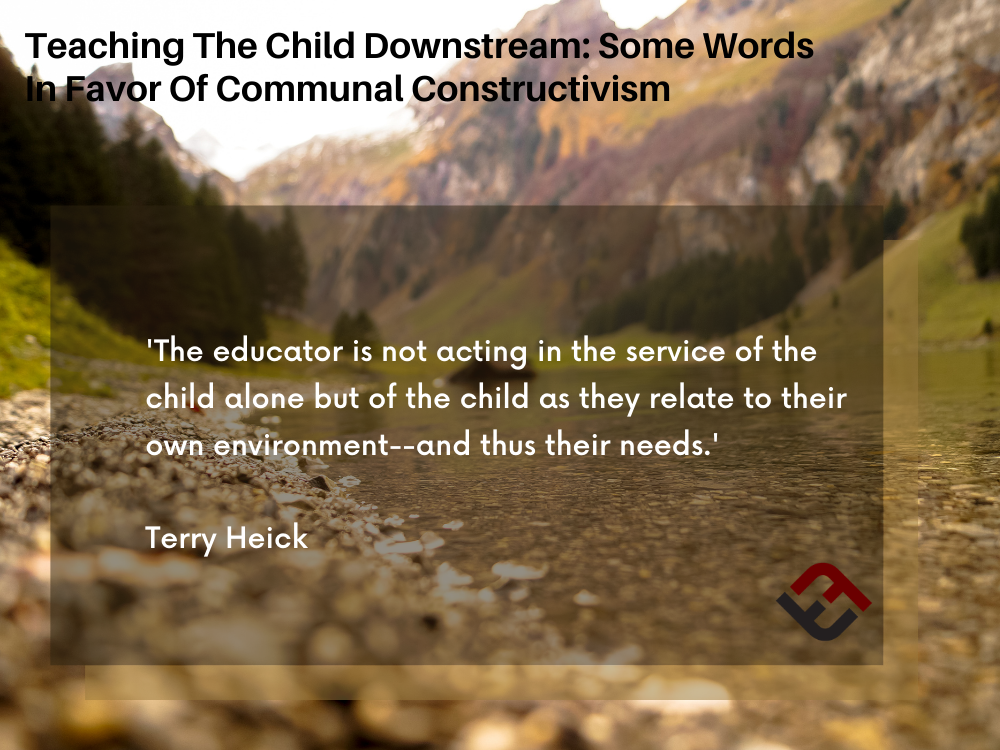
With communal constructivism, the goal is not to produce a scientific discovery but to help children respond to & guide their own discovery.
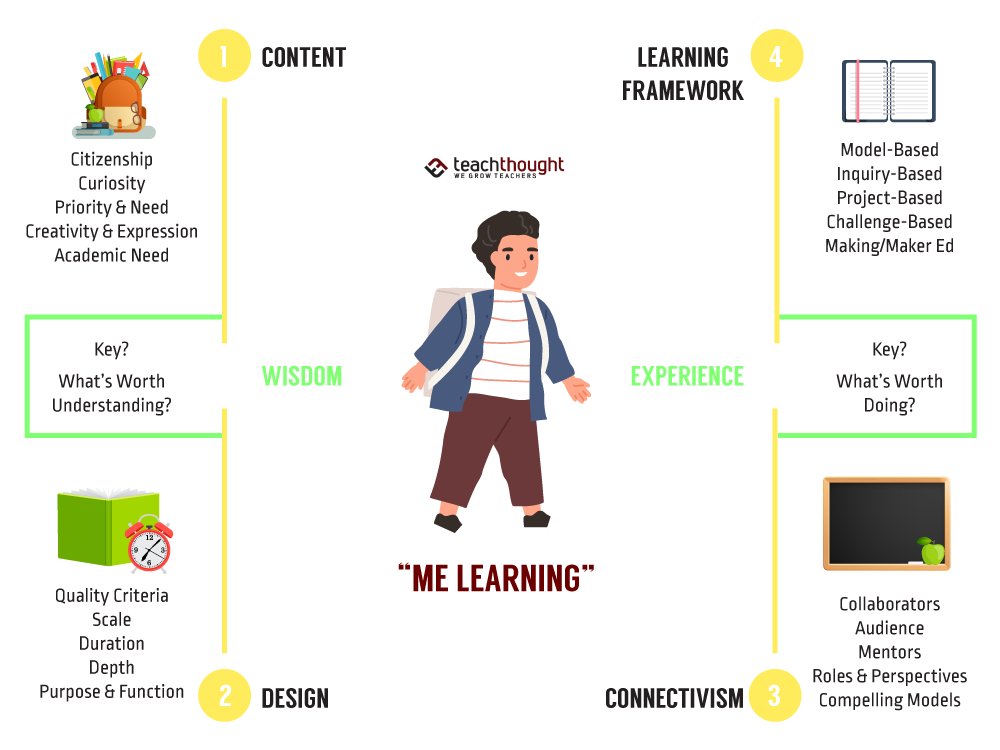
Key questions of Me learning include, “What’s worth understanding?” and, “What’s worth doing with what I come to understand?”
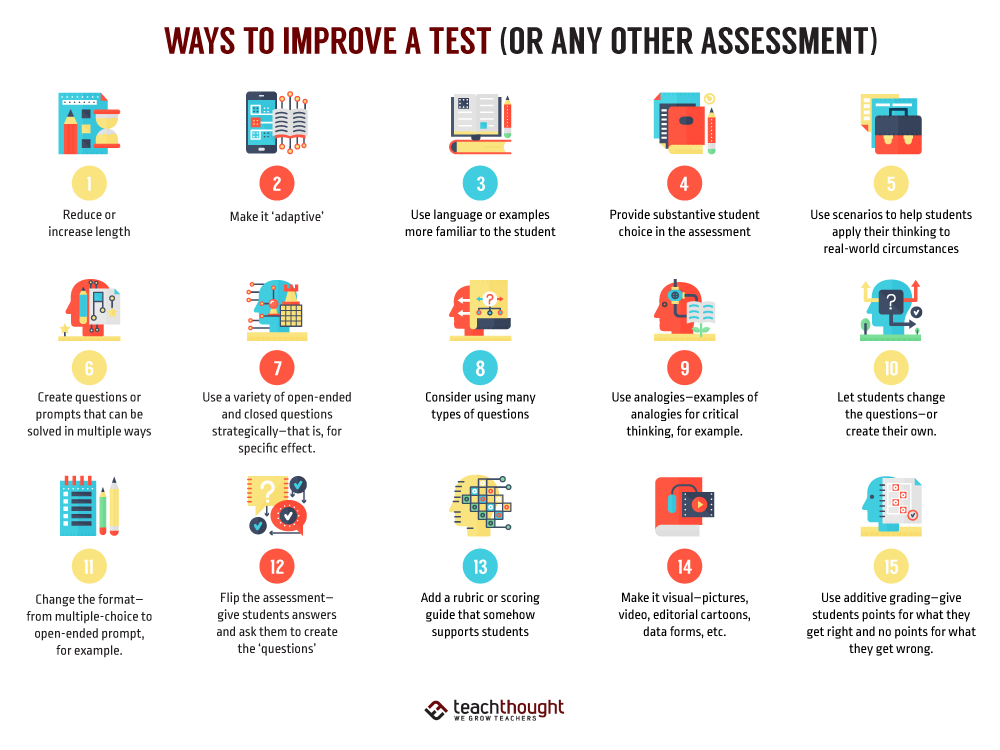
From making it adaptive to changing the form, timing, language, or structure of the assessment, here are 20 ways to improve a test.

Project-based learning is the student-centered process of learning through the design, development, and completion of projects.
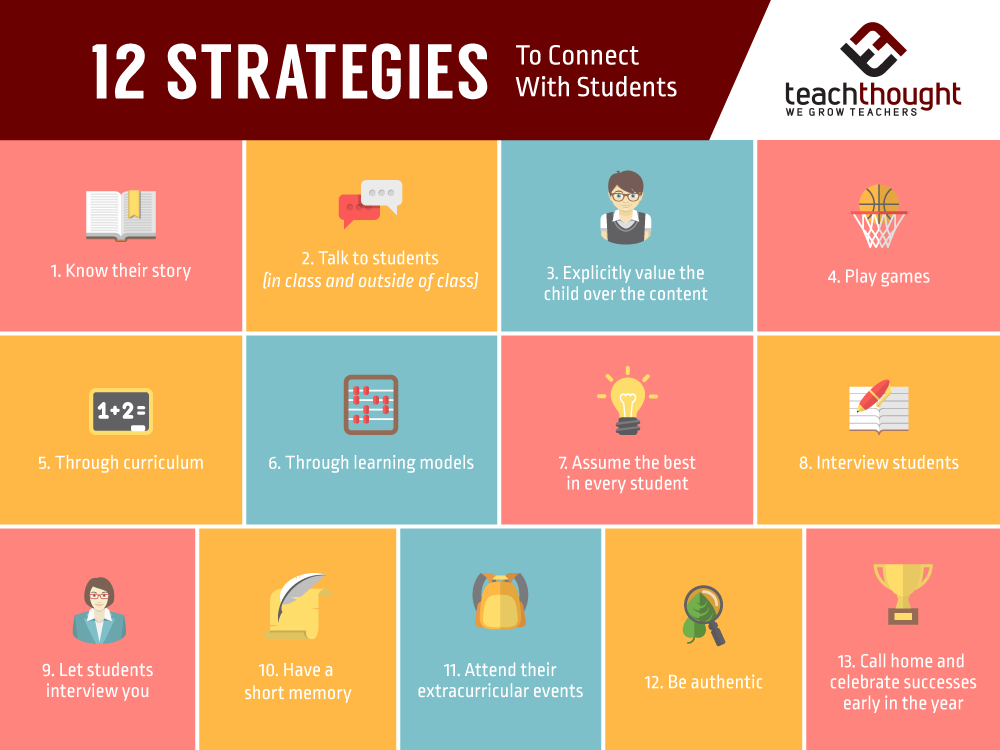
Student engagement is one of the most fundamental requirements of learning. Without an engaged mind, everything else is futile.
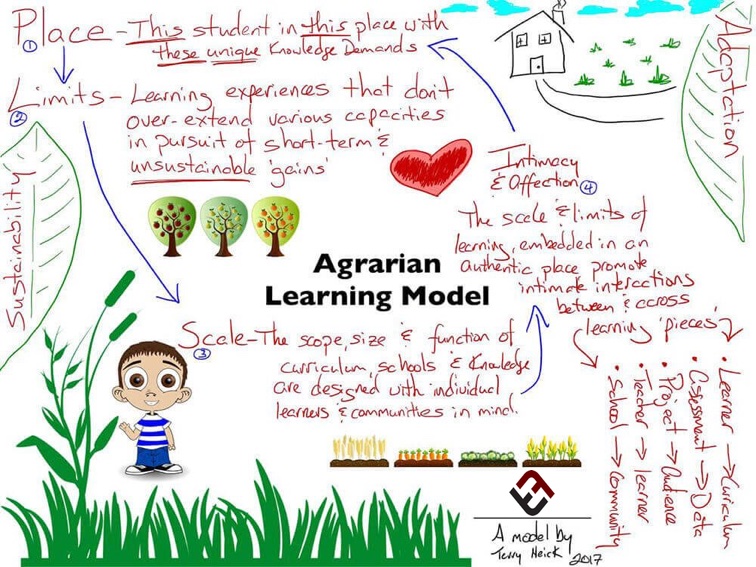
Can we design a school that’s more inherently sustainable? Our 7 principles of sustainable learning focus on to place, limits, scale, & more.
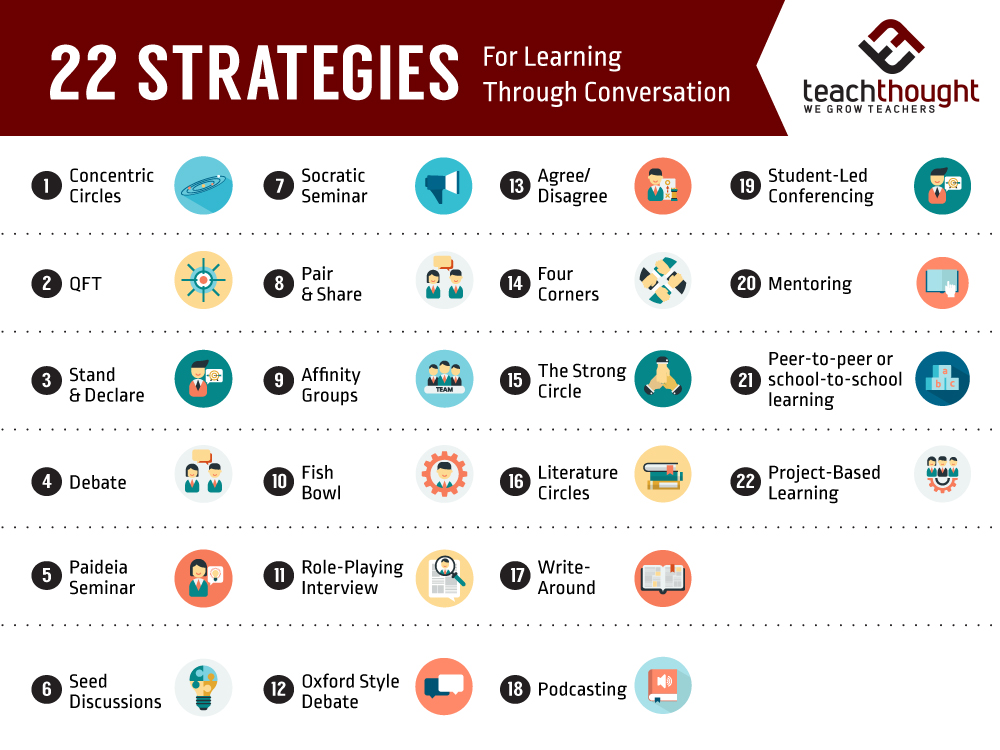
In addition to talking to each other in these strategies for learning through conversation, students talk to ideas–and the ideas talk back.
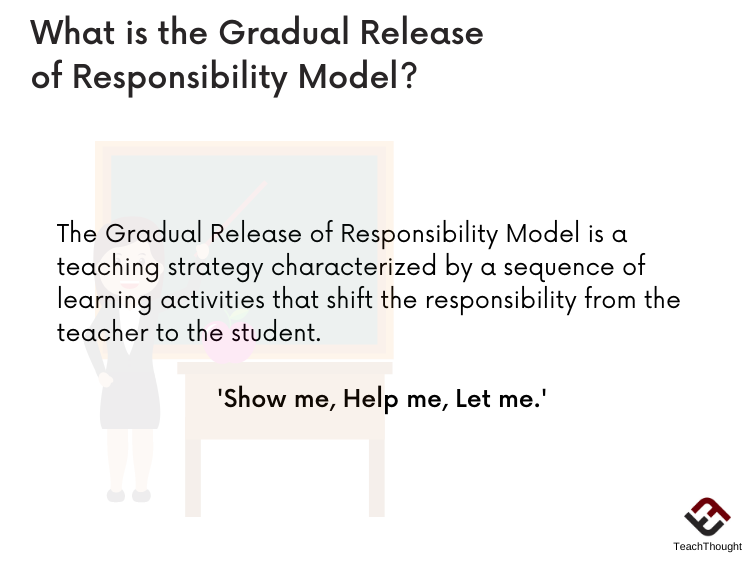
Gradual Release of Responsibility is a strategy characterized by a sequence of learning activities that shift responsibility to the student.

If you want to be more aware of what gamification, these examples may be useful if for nothing else than to be more intentional in using it.
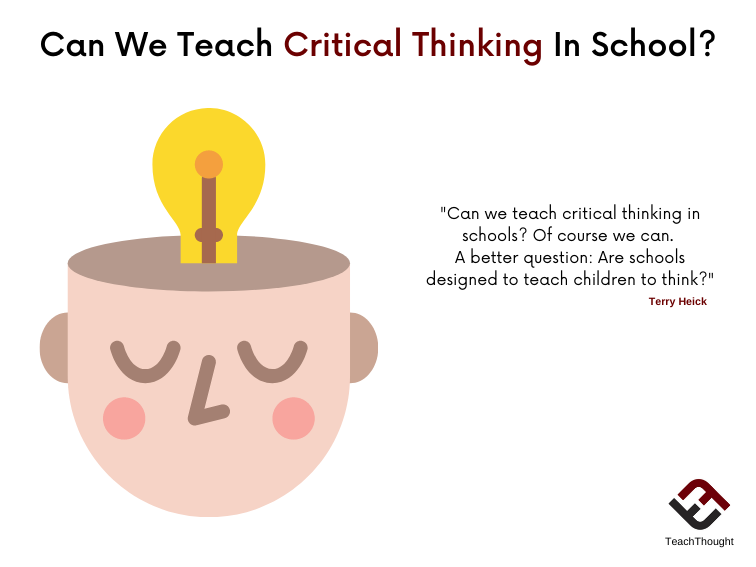
Can we teach critical thinking in schools? Of course we can. A better question: Are schools designed to teach children to think?